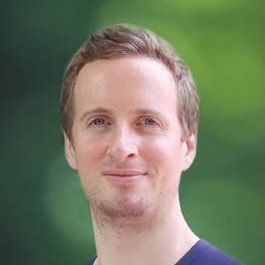
@JoelCressman
PE teacher & coach. Author of Seoul Ambition. Exploring my curiosity on talent development, culture, and coaching.

@JoelCressman
PE teacher & coach. Author of Seoul Ambition. Exploring my curiosity on talent development, culture, and coaching.